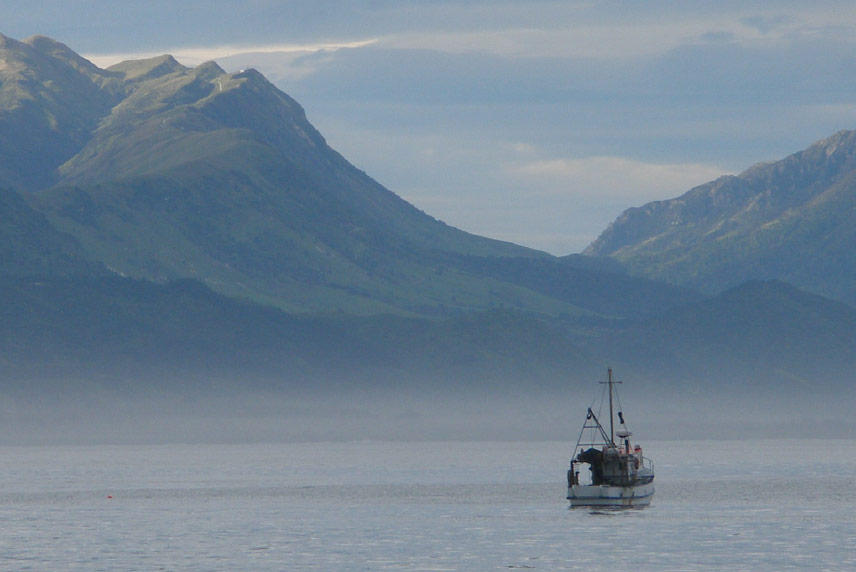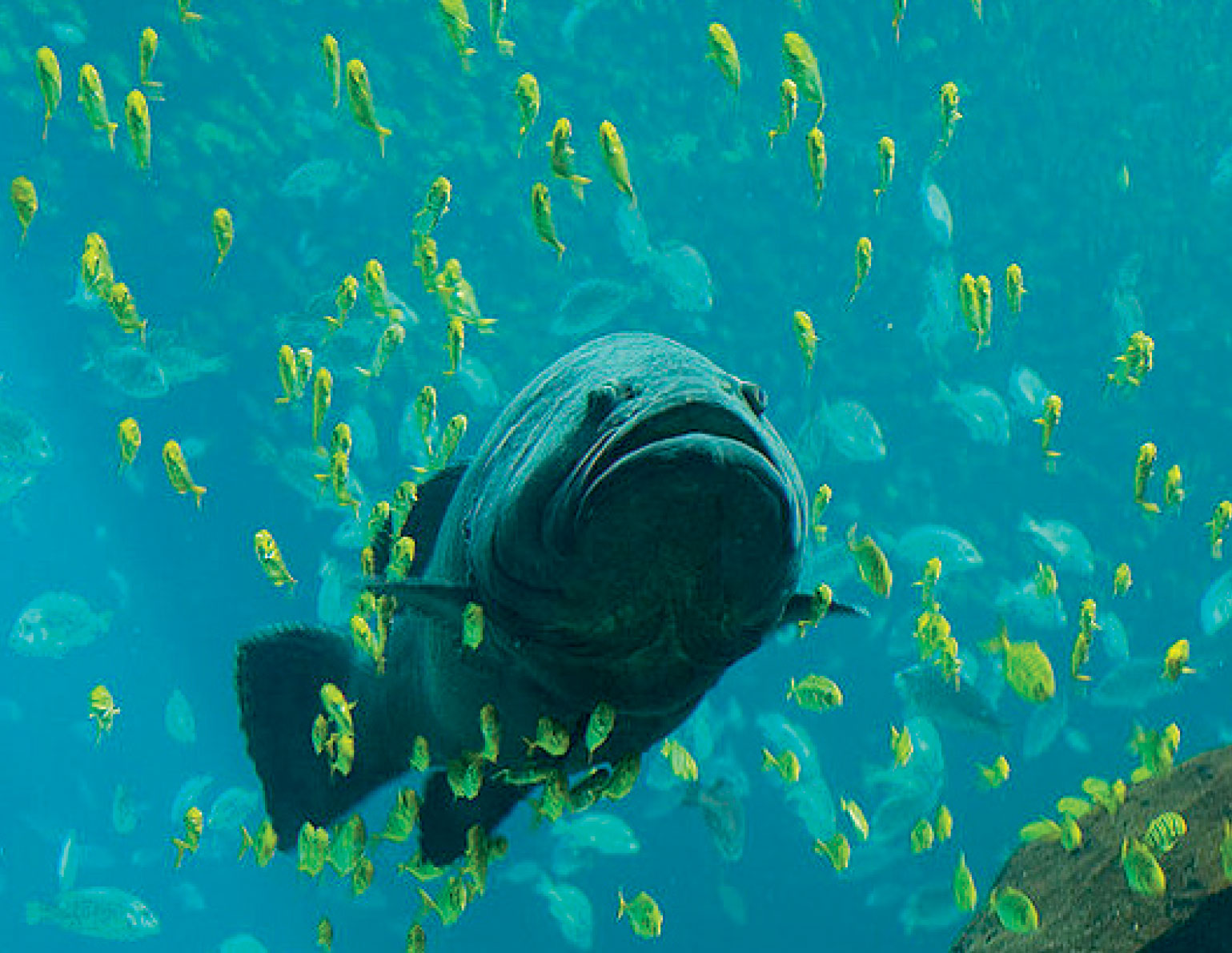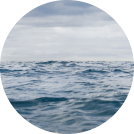Marine conservation.


New Zealand seafood is produced in an environment that is rich in marine habitats and species diversity. New Zealand has therefore developed and implemented a large number of laws, regulations, policies and planning processes to help maintain, protect and restore marine biodiversity.
Marine conservation is legislated primarily through the Marine Mammals Protection Act 1978, the Wildlife Act 1953, the Marine Reserves Act 1971 and the Fisheries Act 1996. These Acts empower the Government, through the Department of Conservation and Ministry for Primary Industries (Fisheries New Zealand), with various legal and enforcement mechanisms to protect species or areas for the purpose of marine conservation and biodiversity.
The following conservation measures are currently in place in New Zealand;
- National Plan of Action (Seabirds) 2020
- National Plan of Action (Sharks) 2013
- Hector’s and Māui Dolphin Threat Management Plan (2020)
- New Zealand sea lion/rāpoka Threat Management Plan (2017-2022)
- 44 (Type 1) Marine Reserves
- 19 (Type 2) Marine Protected Areas
- 17 Seamount Closures
- 17 Benthic Protection Areas
- Various other Fisheries Act measures.
The seafood industry is legally required to comply with all measures to protect marine species and all area closures established for marine biodiversity protection purposes.
New Zealand takes a multi-stakeholder approach to conservation. The Department of Conservation, Fisheries New Zealand, the seafood industry and other stakeholders (including customary and recreational fishers, other resource users and environmental groups) all play a part in the development and implementation of marine conservation measures in New Zealand.
Information provided by the seafood industry continues to fill knowledge gaps with regards to marine biodiversity and species protection. The seafood industry helps fund marine biodiversity research through fisheries cost recovery levies. The levies partly cover New Zealand’s Aquatic Environment Research Programme – which focuses on the direct effects of fishing on the aquatic environment – and the Biodiversity Research Programme – which focuses on issues related to the functionality of the marine ecosystem and its productivity.
The seafood industry also typically pays around $2 million per year in conservation services levies that support the Department of Conservation’s Conservation Services Programme.
Research used in making conservation management decisions goes through comprehensive technical and peer review processes. The findings are then summarised annually and released publicly via the Aquatic Environment and Biodiversity Annual Review report. This information is also used by fisheries managers in making determinations about conservation measures necessary for particular fish stocks, area and methods.

The OpenSeas report was prepared by a technical expert, with demonstrable knowledge and experience in the topic at hand. An internal fit-for-purpose review was conducted by the OpenSeas Programme Director, which may have included external scientific or operational expertise.
An external scope and accuracy review was conducted by the relevant regulatory agency(ies) (i.e. New Zealand Government departments) for the original report.
The report author was responsible for revising the report in line with recommendations from reviews and retains final responsibility for the report content.

